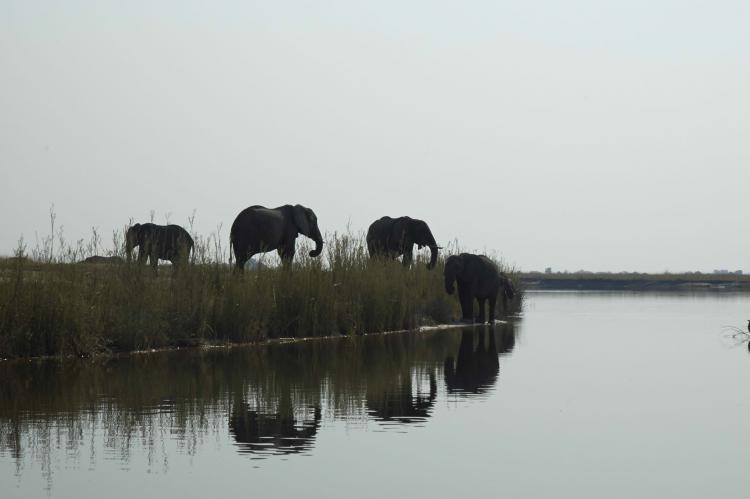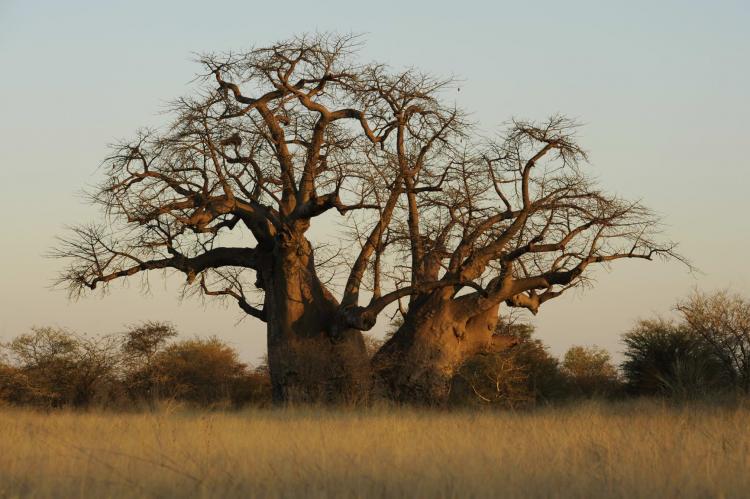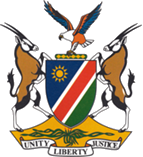
North West
Remote, rugged and extraordinarily beautiful, Namibia’s north west is home to a rich variety of conservancies where space for wildlife, contemplation and traditional lifestyles helped to inspire Namibia’s communal conservancy movement.
The history of the earth’s evolution is exposed in the rocks and the flat top Etendeka mountains, as volcanic eruptions moved plates and continents collided and divided.
Namibia's first World Heritage Site, Twyfelfontein is a massive, open air art gallery with more than 2,000 rock engravings, one of Africa's largest concentrations of rock art. The Petrified Forest, Burnt Mountain and Organ Pipes add to the allure of discovery in this dramatic landscape.
The north west is incised by ephemeral rivers, including the Hoanib and Hoarusib. Normally dry, waiting for rains in their vast catchment areas to bring the rivers down in flood, these linear oases provide food and refuge for desert dwelling elephants, lions and other desert adapted species.
Occasionally, these rivers flow through to the Skeleton Coast. Shrouded in mystery and often in fog, the Skeleton Coast is home to seals, space and flocks of seabirds. Desert adapted lions are known to prowl the beaches and brown hyenas also haunt the shore.
Dotted throughout this spectacular landscape and along the banks of these rivers are a few, award winning Joint Venture conservancy lodges, while the Khowarib Schlucht, a deep canyon formed where the Hoanib River cuts through the mountains east of Khowarib, and the small towns of Opuwo, Puros and Sesfontein offer interesting sites, and camping and lodge alternatives.
The north west is also home to the world's only free-roaming population of black rhinos. Solitary and endangered, the black rhinos are monitored and protected by Save the Rhino Trust Namibia, Rhino Rangers, conservancy game guards and Namibia's Ministry of Environment, Forestry and Tourism.
Community forests dotted with large acacias, bulbous moringas and different types of commiphora trees from which the Himba sustainably harvest the resin to use it on their skins are found in the Marienfluss, Orupembe and Puros conservancies.
Rough passes, such as the Van Zyl's pass, offer spectacular views and challenging drives to the Kunene River, one of only a few flowing rivers in Namibia, which separates the wilds of Namibia from the mysteries of Angola on the other side.
With their roots on both sides of the Kunene, the striking, semi-nomadic Himba people inhabit the extreme north west of the country, including the areas around Marienfluss Valley and Epupa Falls.
Along with the Himba, local conservancy members include the Herero and their prized cattle and the Riemvasmaakers whose named is rooted in the word meaning "tied with straps" and connects to their history of dislocation by the South African apartheid regime.
The intrepid traveler who seeks unique experiences, the chance to see wildlife in dramatic settings, and to meet very special people while contributing to conservation and community development will be amply rewarded when exploring the communal conservancies of Namibia's north west.























































